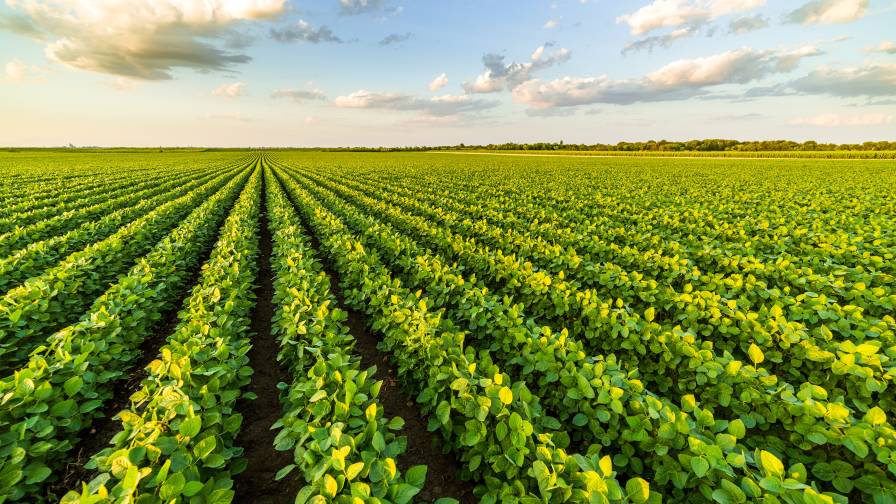Fall-Applied Herbicides: Which Weed Species Should be the Target?

Marestail is one example of a weed species that is often better controlled with herbicides applied in the fall compared with the spring.
Herbicides applied in the fall often can provide improved control of many winter annual weed species compared with similar applications made in the spring. Marestail is one example of a weed species that is often better controlled with herbicides applied in the fall compared with the spring, says Aaron Hager, Associate Professor of Weed Science, University of Illinois.
An increasing frequency of marestail populations in Illinois are resistant to glyphosate, and UofI weed scientists have confirmed resistance to ALS-inhibiting herbicides also is present in Illinois populations. Targeting emerged marestail with higher application rates of products such as 2,4-D in the fall almost always results in better control at planting compared with targeting overwintered and often larger plants with lower rates of 2,4-D in the spring.
One question typically posed is whether or not a fall application needs to include one or more herbicides that provide residual control of winter annual weed species. Typically, the earlier the fall application is made (say, early October) the more benefit a soil-residual herbicide can provide since emergence of winter annual weeds is often not complete. However, delaying the herbicide application until later in the fall (say, mid-November) often diminishes the necessity of a soil-residual herbicide since most of the winter annual weeds have emerged and can be controlled with non-residual herbicides. Applying a soil-residual herbicide late in the fall in hopes of having a clean field prior to planting is akin to gambling on the weather. Cold winter conditions can reduce herbicide degradation in the soil and increase herbicide persistence. This might not always be favorable since, depending on the residual herbicide, increased persistence also can cause injury to the following crop. A more moderate winter and early spring warming will increase herbicide degradation, which could result in the need for a burndown herbicide to control existing vegetation before planting.
UofI weed scientists recommend fall-applied herbicides target fall-emerging winter annual species, biennials and perennials. They do not recommend fall application of residual herbicides for control of any spring-emerging annual weed species. They are aware some products have 2(ee) recommendations that suggest the product will control certain summer annual weed species following application in the fall.
Read more at Bulletin.IPM.Illinois.edu.






